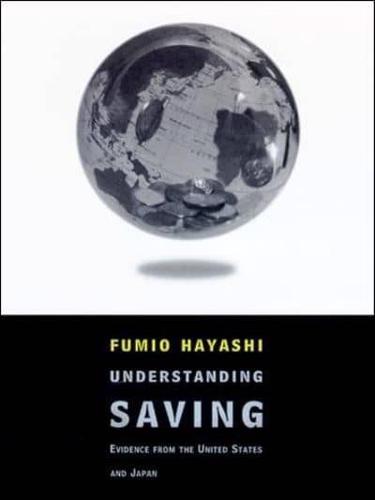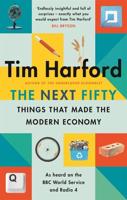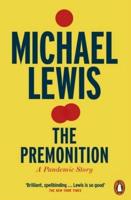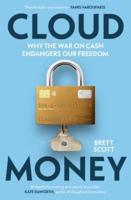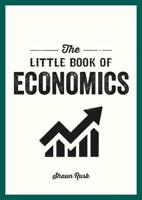Publisher's Synopsis
Analysis of consumption and saving decisions by households has always been one of the most active areas of research in economics-and with good reason. Private consumption is the most important component of aggregate demand in a capitalist economy, and explaining consumption is the key element in most macroeconomic forecasting models. To evaluate the effect of government policies invariably requires the knowledge of how they change parameters relevant for household decision making. Understanding Saving collects eleven papers by economist Fumio Hayashi, along with two previously unpublished chapters, for a total of thirteen chapters. The monograph, which brings together Hayashi's empirical research on saving, is divided into three sections. Part I, "Liquidity Constraints", contains five studies that test the well-known implication of the Life Cycle-Permanent Income hypothesis that households shield consumption from income fluctuations. Part II, "Risk-Sharing and Altruism", contains three papers that examine the interactions between related and unrelated households predicted by the hypothesis for the US and Japanese households. The three papers in Part III, "Japanese Saving Behavior", present the author's explanation of the high saving rate in postwar Japan.


